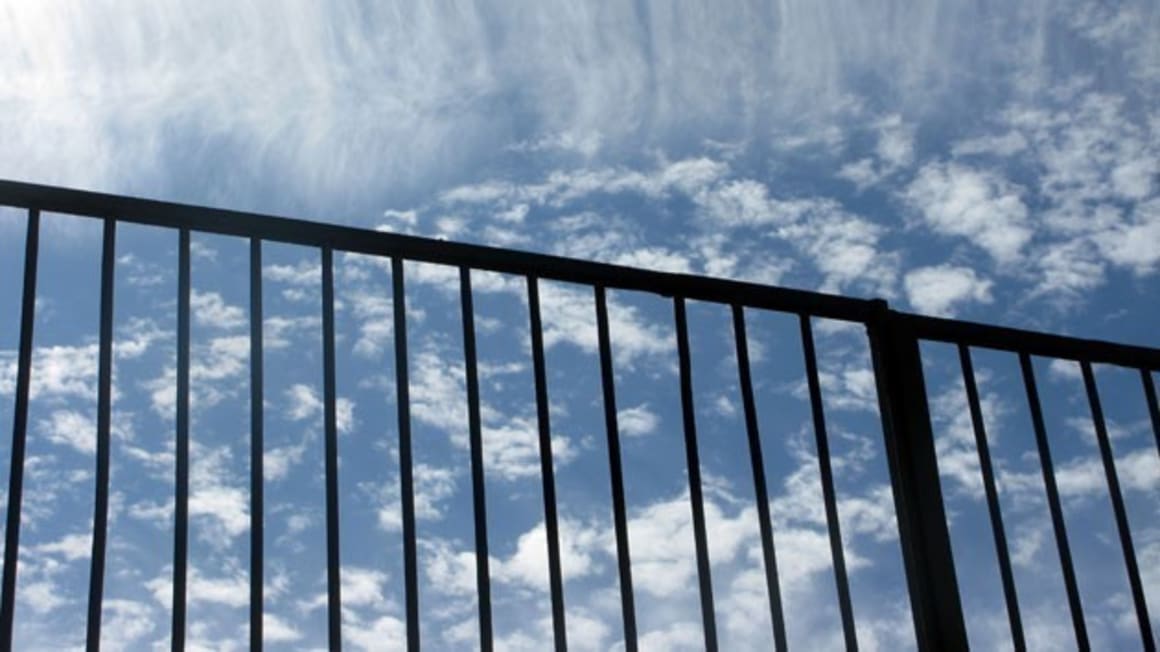Before the fall: Balcony safety regulations are still falling short

Building codes and the property industry have changed over the years to create safer and more comfortable living standards. The introduction of new and improved materials, and having to deal with population growth, has impacted the building codes and regulations.
The question that needs to be asked is: Are new changes in legislation with respect to material and methods of building enough to maintain a safe living environment?
Even with all the changes over the last two decades, there is one area which has been overlooked by many of the policy makers and policies. This being the area of safety. I refer to safety issues in and around buildings that were constructed before new regulations were implemented, and changes made to the building standards from the Building Code of Australia (BCA). These standards still fall short, even in and around newly built apartment blocks.
An important issue is the required balcony wall/balustrade height. Years ago it may have been OK to make the minimum height 850mm to ensure safety and protection. Now the current standard is 1000mm.
{qtube vid:=LkFdiuxfqHI&feature=youtu.be}
So what of the older styled buildings that would not comply with the new BCA standards? The law does not require older buildings that follow past standards to comply with current legislation. Another question that must be asked is: Does the new height requirement do enough to prevent injury and fatalities? Many industry experts would say no, the height is still too low.
We find that there is a shift in the demographics of unit occupants. Current trends show that more and more small families are living in units, as houses are just not affordable for some. Houses are beyond the reach of many tenants, as well as owner occupiers. As a result, we have more young children playing and spending time on these balconies.
To cope with these shifts and the common sense that old standards were too low, we now have the railings at 1000mm high but again, what is being done with older unit blocks? We have grave concerns about children falling out windows and changes are being adopted to make unit-living safer in this regard.
Now it’s time we looked deeper into the issues around balconies. Children can easily climb on a chair, a box or other objects to lean over the balcony out of curiosity. Not much assistance is needed in some of the older units as the balcony wall heights don’t require much more than standing on tip toes for a child to lean over the edge.
As the push toward affordable living for young and small families is directed to unit accommodation, local and state governments need to begin to take proactive measures and encourage owners’ corporations to look carefully into adopting measures to ensure more care is taken. I am not asking for a retrospective change to the building code, but rather a proactive adoption of a common sense approach toward safer living standards.
It is frightening to see and inspect older units where there is so much that can go wrong, and in particular around safety issues that involve balconies. All because when the buildings were erected, they complied with the then standards.
Don’t wait for a catastrophe to occur in your unit complex before implementing change. Although you and the strata manager may believe you are not responsible now, make the change, as injury of a tenant will impact your bottom line. A unit owner is impacted by what happens in the entire block. Encourage your strata manager to address these issues before your complex becomes the interest of the nation due to unsatisfactory safety issues. An extension of the balcony height can be both affordable and aesthetically pleasing, all while keeping with the nature of the building.
Edwin Almeida is managing partner and licensee-in-charge of Just Think Real Estate.